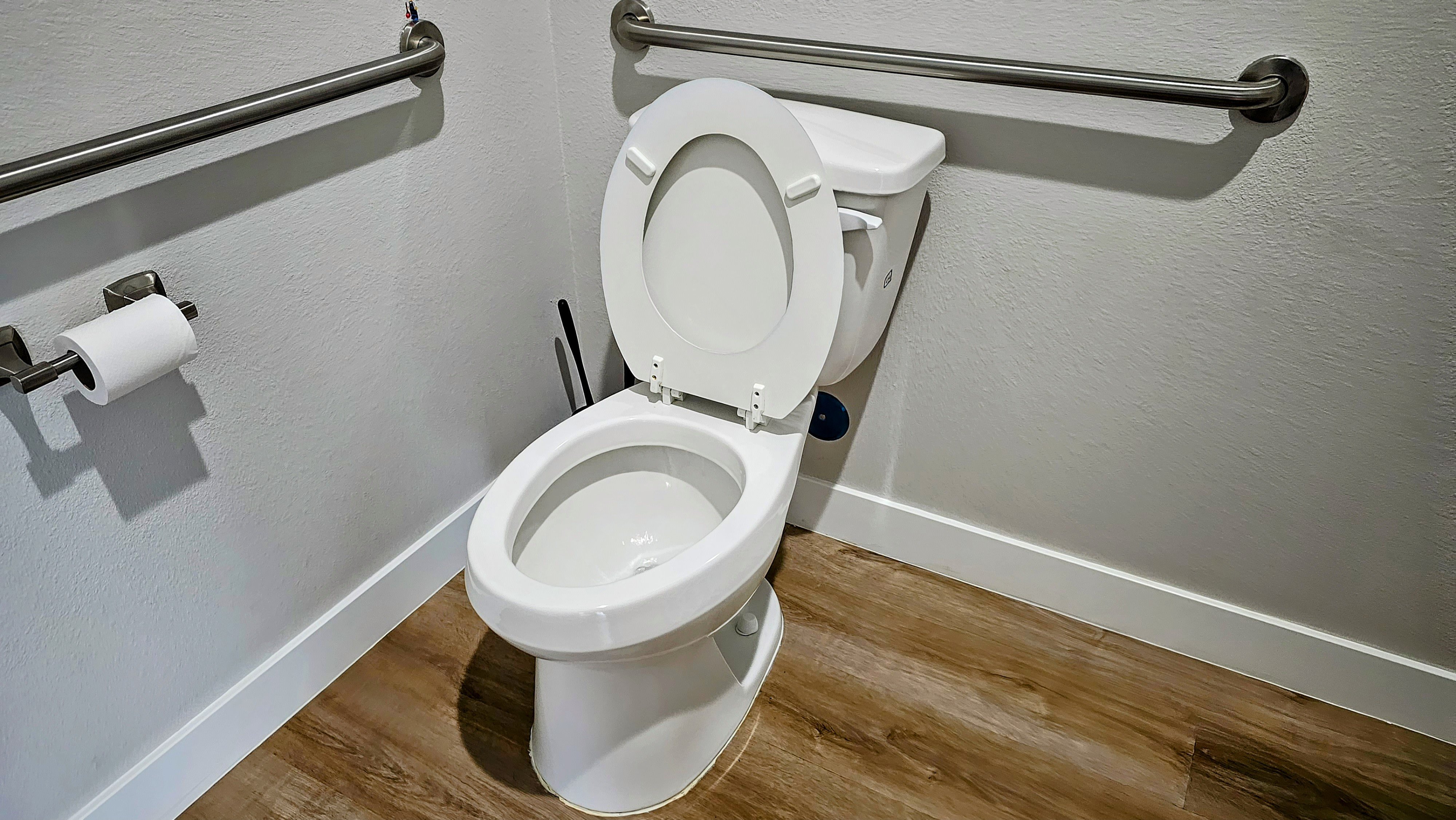Stopping A Running Toilet: A Guide For DIY Fixes and When to Call the Pros

Introduction
Welcome to another informative blog post from Copperfield Plumbing Services, your trusted plumbing experts! Today, we will delve into a seemingly minor but highly consequential issue that many homeowners face: the running toilet. While a running toilet may appear as a small annoyance, it can significantly impact your water bill and the efficient functioning of your bathroom. In this guide, we'll explore what causes a running toilet, how to diagnose it, and solutions to fix it.
What Causes a Running Toilet?
Before diving into the fixes, it's essential to understand what might be causing your toilet to run continuously. Usually, a running toilet can be attributed to one of three main components:
- Flapper
- Fill Valve
- Flush Valve
Flapper:
When the rubber flapper at the bottom of the tank doesn't seal properly, water leaks into the bowl. Over time, the flapper can deteriorate, causing a slow leak.
Fill Valve:
The fill valve controls the water that refills the tank after a flush. A faulty fill valve may cause the toilet to fill continuously, wasting gallons of water.
Flush Valve:
It's rarer but still possible for a damaged flush valve to be the culprit. If the flush valve assembly is broken, the toilet might flush randomly.
Diagnosing the Issue: Signs and Symptoms
Now that you're familiar with what can cause a running toilet, let's see how you might diagnose and fix it yourself:
- Flapper: If you notice water continuously leaking into the bowl, it's likely a flapper issue.
- Fill Valve: If the toilet tank doesn't stop filling, the fill valve may be at fault.
- Flush Valve: An uncommon but possible scenario is if the toilet flushes itself randomly, indicating a flush valve problem.
DIY Fixes
How to Replace a Flapper:
- Turn Off the Water: Always start by turning off the water supply to the toilet.
- Flush the Toilet: This will empty the tank.
- Unhook the Old Flapper: Unclip it from the flush valve and chain.
- Install the New Flapper: Clip the new one in place, and reattach the chain.
- Turn On the Water: Refill the tank and test your fix.
How to Replace a Fill Valve:
- Turn Off the Water
- Empty the Tank: Flush and use a sponge if needed.
- Unscrew the Old Valve: Detach it from the supply line.
- Install the New Valve: Follow the manufacturer's instructions.
- Turn On the Water: Refill the tank and test.
How to Replace a Flush Valve:
Replacing a flush valve can be quite complex and may require professional help.
Pro Tips for Success
- Always turn off the water supply and flush the toilet to empty the tank before performing any repairs.
- Make sure to read the manufacturer's guidelines that come with replacement parts.
When to Call the Professionals
While these DIY fixes can be effective, there might be instances when professional intervention is warranted:
- When the issue persists even after replacing parts.
- When you're not comfortable handling plumbing tasks.
Conclusion
A running toilet might not seem like a significant issue, but it's one that shouldn't be ignored. Not only does it cause an unnecessary increase in your water bills, but it's also indicative of a problem that may worsen over time. With the tips outlined in this guide, you can tackle this issue head-on. However, when in doubt, don't hesitate to seek professional help.
Remember, if you're in the San Marcos area and need prompt, reliable plumbing solutions, Copperfield Plumbing Services is just a call away at 512-677-6776.
Thank you for reading, and here's to a home free of running toilets!